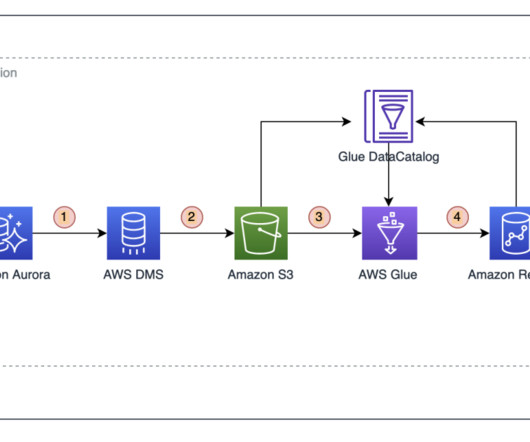5 Pain Points of Moving Data to the Cloud and Strategies for Success
Alation
JULY 13, 2021
We have seen the COVID-19 pandemic accelerate the timetable of cloud data migration , as companies evolve from the traditional data warehouse to a data cloud, which can host a cloud computing environment. Accompanying this acceleration is the increasing complexity of data. Complex data management is on the rise.














Let's personalize your content